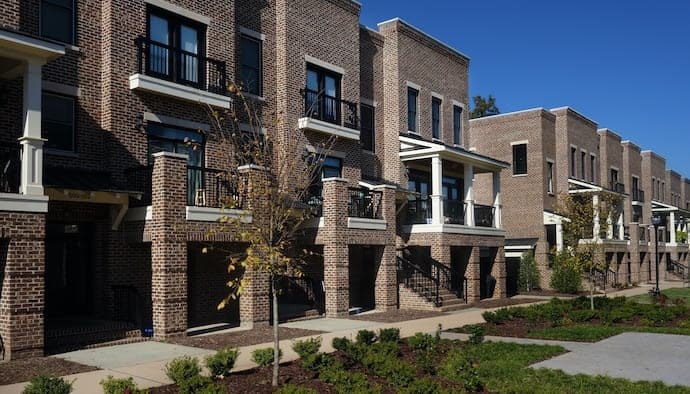Housing Report declares urban boundaries of major cities like Oshawa and Pickering can handle expected housing boom
Published September 14, 2021 at 2:45 pm

With more than 600,000 people expected to bolster the population of the region over the next 30 years and 250,000 new homes expected to be built to accommodate them, the only question for planners and civic leaders is where do we put them?
That’s what Durham Region’s Housing Intensification Study Technical Report – the second of four technical reports prepared in support of a comprehensive review of Durham’s Official Plan – is supposed to do.
To be precise, the studies are in support of the Lands Needs Assessment (LNA), which is part of a Growth Management Study (GMS), which is the first step in a Municipal Comprehensive Review (MCR) of the Official Plan, which is way too many acronyms for any news story.
And it’s all part of the Envision Durham project, which is supposed to guide growth in Durham for the next 30 years, when the population of the region is expected to crest 1.3 million.
The goal of the latest report is to quantify the amount of Settlement Area Boundary Expansion that will be required to accommodate future population and employment growth to the year 2051.
Any growth that cannot be accommodated within existing urban areas would trigger a requirement for additional urban land and the second phase of the study will focus on determining the most appropriate locations for any required urban expansions.
The good news for those who fear urban expansion into rural areas – especially if they encroach on valuable and fast-disappearing farmland – is that planners are confident the expected growth targets are “appropriate, can be met, and can potentially be exceeded. “
The Housing Intensification Study has resulted in several other key findings:
- The introduction of Protected Major Transit Station Areas as a component of the regional urban structure represents an opportunity to accommodate a significant amount of growth near existing and planned GO stations and service
- Focusing growth in Strategic Growth Areas, particularly the Urban Growth Centres and Regional Centres has the greatest potential to achieve or exceed the Region’s intensification target.
The study also concluded the capacity for growth and intensification within current urban boundaries, as well as Regional Centres and certain Regional Corridors, is “significant” and sufficient to meet the housing requirements over the next 30 years.
“Durham will be able to accommodate the 50 per cent intensification target by 2051,” the report stated.
Members of the public wishing to provide any input may do so by submitting comments electronically to [email protected] or by mail by October 4.
The report is here: https://www.durham.ca/en/regional-government/resources/Documents/Council/CIP-Reports/CIP-Reports-2021/2021-INFO-94.pdf
The next reports will focus on Employment Strategy and Community Area Urban Land Needs.
insauga's Editorial Standards and Policies advertising





